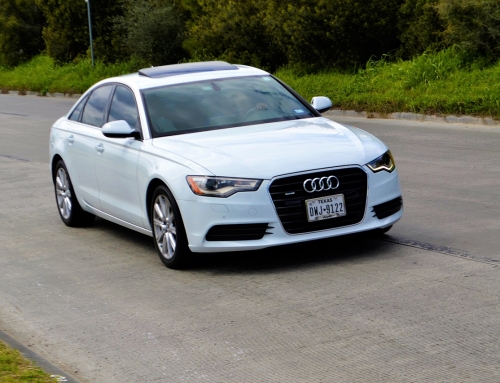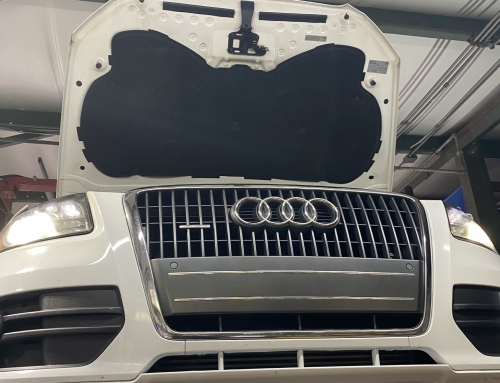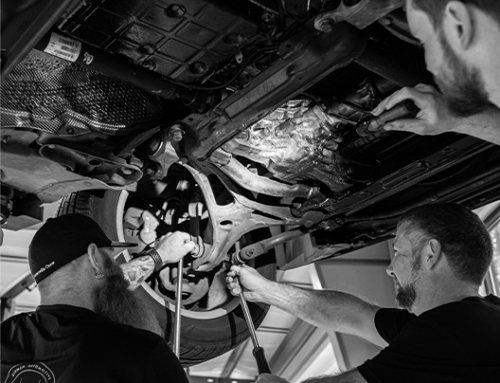A common reason for a car to be brought into the german repair shop is that the Check Engine Light (CEL) is on. The owner sees this and panics because they don’t know why or what to do about it. But, what causes the CEL to turn on in the first place? Here are some of the top reasons:
Spark Plugs/Coil Packs
Spark plugs and coil packs play a pretty big role when it comes to fuel economy and emissions. If your spark plug wires or coils fail, there will probably be misfires occurring in your engine. This may result in high hydrocarbon and carbon monoxide levels in your exhaust system which triggers your car’s computer to throw up a warning (the infamous check engine light).
Dirty or Faulty Mass Air Flow Sensor
The mass airflow sensor is usually located on the intake of the engine and measures how much air is coming into it. If you have a dirty or faulty mass airflow sensor, not enough air will be supplied to your vehicle’s engine which results in high hydrocarbon levels triggering the CEL to appear.
Malfunctioning Catalytic Converter
If the catalytic converter isn’t working properly (or at all), it will produce high amounts of hydrocarbons and carbon monoxide that result in an increase in visible exhaust pollutants, which then causes the check engine light to come on. The catalytic converter also helps with reducing harmful emissions so if this system isn’t working at all, the local governments may even do emissions testing more frequently on your car.
OBD-II Port is Faulty or Damaged
If there are problems with the onboard diagnostics port of your car (where you plug in your scan tool), this will also cause the CEL to come on. The light also comes on if this part is damaged or faulty. This can be an extremely costly repair because usually, you have to replace either the whole wiring harness or just “reflash” it back to factory defaults depending on what specifically was damaged.
Mass Air Flow Sensor Wiring Harness
The wiring harness for this device does go bad and when that’s the case, not only is this sensor useless, but this is also really bad on your car because the engine will misfire and not run properly. When that happens, not only does it upset the fuel ratio so you may need to adjust the idle speed on your car (so it doesn’t die when you first start up), but these can be extremely expensive to replace (around $400 for a new one).
Vacuum Leaks
If there are any vacuum leaks in your exhaust or near the mass airflow sensor, they too can often cause high levels of hydrocarbons and carbon monoxide which then trigger the CEL light. The computer used by modern cars reads how much oxygen and hydrocarbon and carbon dioxide is coming out of your tailpipe to determine how many hydrocarbons and carbon monoxide are produced by the car. The more pollutants in your exhaust, the higher these numbers will be.
In conclusion, when you have a check engine light on your dashboard, there are ways to lower them so they don’t drive you crazy. Check out our next blog tomorrow for what you can do to help prolong the life of your car’s check engine light
Rest assured, Ottohaus will diagnose and help with an abundance of German auto repairs. Here at Ottohaus, we welcome customers of all German auto repairs. Let’s work together! Contact us to schedule an appointment.




